What is the Camera's Dynamic Range?
Dec 25, 2016 10:49:00 #
And depending on the camera's creation of a raw file, you might or might not get pixel values of 0 - 16383. With my Sony a6000 and later a6300 and experiment showed that a raw 6,000 by 4,000 pixel image file occupied shade over 25,000,000 bytes of computer storage. Therefore, the raw image could not exceed 8 bits per pixel. A 14 bit depth per pixel 6,000 by 4,000 pixel image would have to exceed 42,000,000 bytes. I would suggest every different camera owner perform such image file size tests to see if you are getting what you think.
Dec 25, 2016 10:55:43 #
Grnway wrote:
... The technical analysis that I, admittedly, just glossed over has caused me to skip the eggnog and go straight for the bourbon. ....
That can be forgiven. Technical analysis is tedious compared to a simple example.
Here is an image of the same low DR scene I used in my earlier example. I metered at ISO 800, f/8 and the camera suggested 1/10 sec for the exposure. I set the camera on manual, f/8 and 1/10 and captured seven images from ISO 100 through ISO 6400. Since each image received the same physical exposure, each image should have the same S/N ratio. Changing the ISO only changed the numeric values in the raw file.
Then I adjusted the Exposure (gain) slider in Capture one Pro by +3, +2, +1, 0, -1, -2, -3 Ev. Can you see any difference in the images?
You might in the last one because it went a tiny bit beyond the raw file's DR numerical limit of 16,383.
ISO 100 +3 Ev
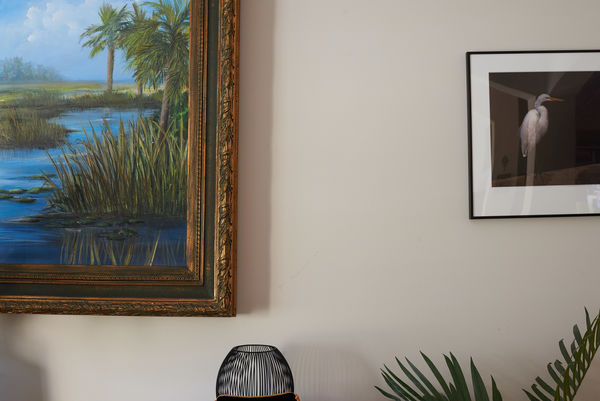
(Download)
ISO 200 +2 Ev
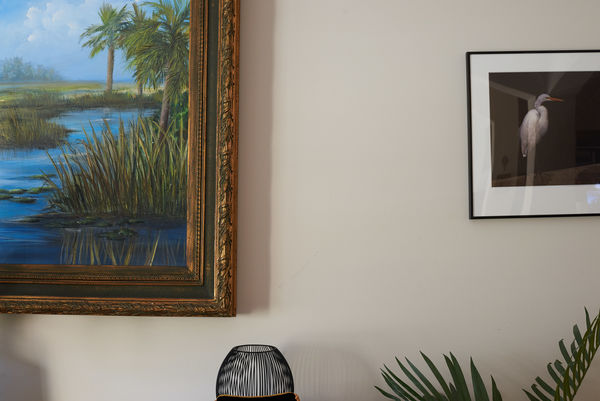
(Download)
ISO 400 +1 Ev
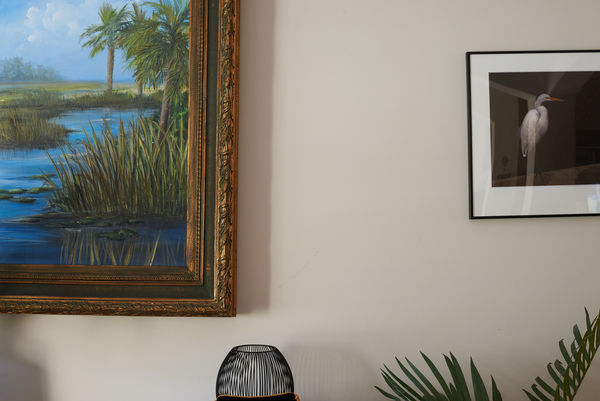
(Download)
ISO 800 +0 Ev
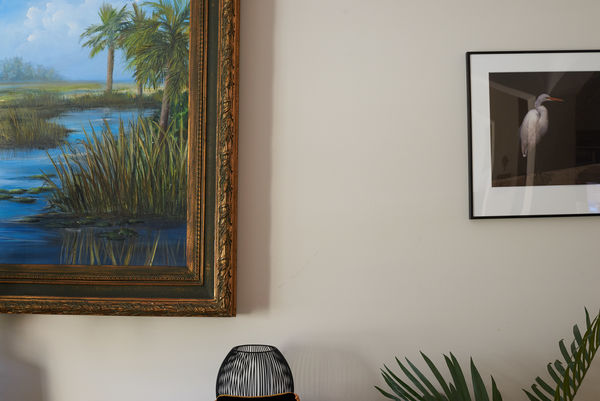
(Download)
ISO 1600 -1 Ev
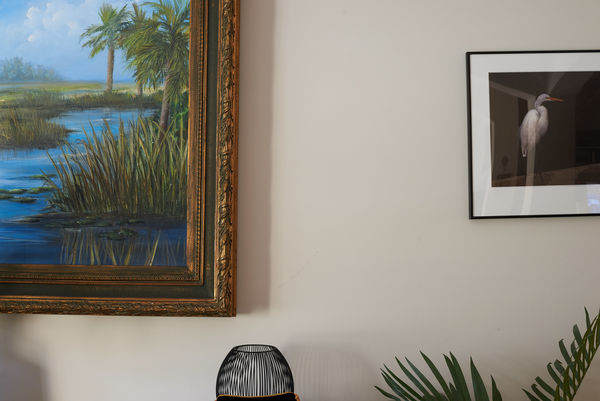
(Download)
ISO 3200 -2 Ev
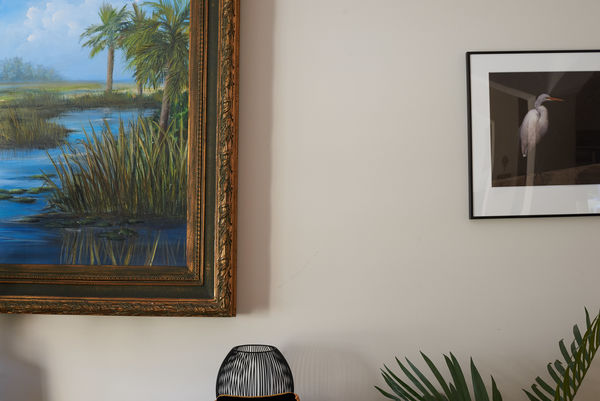
(Download)
ISO 6400 -3 Ev
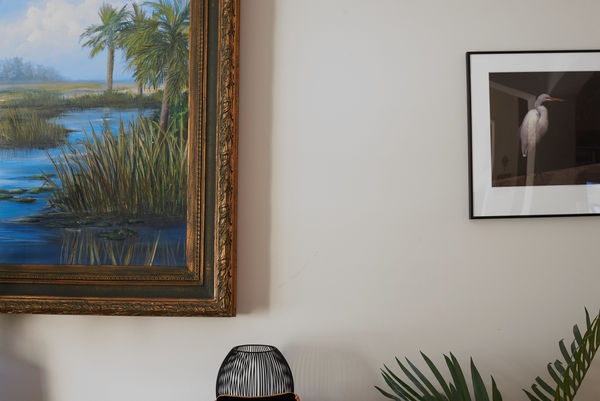
(Download)
Dec 25, 2016 11:06:16 #
All of this matters only to a point. Display technology, without getting esoteric (and very expensive), and printer technology - is not nearly as good as our cameras when it comes to DR. BUT - tonemapping and human perception allows us to "see" wider dynamic range than these media can actually represent. . . Just sayin'
Dec 25, 2016 11:41:57 #
TriX wrote:
The best DSLRs have a dynamic range of 11.5 -12 stops, while the human eye, if you consider both dark adapted (scotopic), light adapted (photopic) and the median area (mesopic), has a range of approximately 20 stops. Since photos are usually viewed while light adapted (photopic vision), 10 stops is probably a good estimate.
Exactly! Compared to human vision (extremely wide adaptable DR) and digital capture (very wide DR), in the final analysis it all has to be reduced to a printable image.
If you look at the Zone System description, that range is only about 5 zones for detail (III through VII), 7 for texture (II through VIII) and 9 for tonality (I through IX).
An image displayed on a screen has only about one stop more DR than a print. That's because a print depends on light reflected from its surface.
That also explains what some viewers don't like about HDR - it is not credible. On the other hand, fanciful can be artistic.
Dec 25, 2016 11:48:34 #
selmslie wrote:
There are two aspects of dynamic range: br br 1. ... (show quote)
A 14-bit binary string = 16,384 not 16,383
Dec 25, 2016 11:55:09 #
Julian wrote:
A 14-bit binary string = 16,384 not 16,383
There are 16,384 values from 0 through 16383.
Dec 25, 2016 15:11:29 #
TriX wrote:
Thanks for The detailed explanation and serious th... (show quote)
In audio recording and broadcasting, we use dynamic range compression and peak limiting devices to avoid distortion or over-modulation AND to raise the average loudness of program material or music. This has always been true in pro audio. Now, we use software to do it, even to the point of simulating older hardware.
Adjusting curves in digital image post production is the photographic equivalent.
Dec 25, 2016 16:01:11 #
burkphoto wrote:
In audio recording and broadcasting, we use dynamic range compression and peak limiting devices to avoid distortion or over-modulation AND to raise the average loudness of program material or music. This has always been true in pro audio. Now, we use software to do it, even to the point of simulating older hardware.
Adjusting curves in digital image post production is the photographic equivalent.
Adjusting curves in digital image post production is the photographic equivalent.
Yep, dbx compression is a classic example of dynamic range (2:1) compression, (and their expanders are often used to undo some of the derogatory effects of peak limiting, which compresses and limits dynamic range). Over-compression and peak limiting in broadcast has long been used to give the signal more "dial presence", especially by AM broadcast stations. Unfortunately, the result is a signal with limited DR. It's not unusual to see less than 20 dB of DR (if that), especially from pop music stations. Digital recording has allowed the record/playback chain to achieve realistic DR that approximates that of the human ear, but it hasn't addressed the issue for standard broadcast stations who are concerned with SNR, "dial presence", and (supposedly) over modulation, but what's surprising is how few stations even own a spectrum analyzer and have no method for actually measuring peak modulation or modulation index or harmonics.
Dec 25, 2016 16:27:55 #
TriX wrote:
Yep, dbx compression is a classic example of dynamic range (2:1) compression ...
Getting back to the topic, there is no compression being applied in the example above. If you look very closely you might find some clipping in the last image - also a problem with audio as has been mentioned.
Nevertheless, the subject matter was selected to provide a clear demonstration of the limitations of DR with simple reflectance from a flat scene. Both the painting and the photo to its right (yes, it's not level) are limited to a DR of about five and a half Ev as are all of the other flat surfaces facing the camera. Only the light reflected from the acrylic covering the photo and the uneven surface of the painting have any chance of exceeding that limit.
What surprised me was, given that there may have been a DR of more than 5 stops in the subject, that by adding three stops at each end of that range there was no visible deterioration in the colors or tones of the image as recorded by the camera. So in this case the camera's sensor easily reaches a DR of about 5+3+3=11 Ev without producing any visible defect at either end of the range.
This might have been a serious problem thirteen years ago when Michael Reichmann developed ETTR but it is just no longer an issue.
I can only conclude from that that the proponents of ETTR/EBTR have not actually performed such a test recently or that they do not fully understand the concept of the two aspects of a cameras DR.
Dec 25, 2016 16:41:52 #
TriX wrote:
Yep, dbx compression is a classic example of dynam... (show quote)
Radio broadcasters extend listenable range on AM, and improve car radio intelligibility relative to road/engine noise, using compression. It's a necessary evil.
Both VU and peak level meters have been part of radio transmitters for a long time. The stations I worked for in the 1970s used consulting engineers with the right test gear to set up their audio chains from consoles to antennae.
On AM, the DR was between 15 and 20db! On FM, it was about 30db, tops. That was deliberate.
In my late teens, early 20s --- college radio days --- I thought all compression was wrong and evil. Working for several AM/FM broadcasting companies taught me the value of it. Most people listen in their cars most often. The "quiet" parts of the signal have to be loud to be heard above engine and road noise.
Internet radio doesn't need much compression because most users are at home, or wearing headphones on their smartphones.
Dec 25, 2016 16:44:01 #
burkphoto wrote:
Radio broadcasters e ....
I appreciate your participation but please relate to the original topic.
Dec 25, 2016 18:10:14 #
selmslie wrote:
I appreciate your participation but please relate to the original topic.
Comparisons are relevant. Think about what COULD happen with sensors --- with a peak limiter to prevent exposure saturation, and a compressor to squash the DR to the range of the paper or monitor, many scenes would be captured that are elusive now.
HDR achieves some of this, but with serious limits on the subject matter. EBTR helps for some subjects.
But there will always be a use for dynamic range control.
Dec 25, 2016 18:35:57 #
burkphoto wrote:
Comparisons are relevant. Think about what COULD happen with sensors --- with a peak limiter to prevent exposure saturation, and a compressor to squash the DR to the range of the paper or monitor, many scenes would be captured that are elusive now.
HDR achieves some of this, but with serious limits on the subject matter. EBTR helps for some subjects.
But there will always be a use for dynamic range control.
HDR achieves some of this, but with serious limits on the subject matter. EBTR helps for some subjects.
But there will always be a use for dynamic range control.
Sounds like you're proposing a non-linear sensor response as you approach saturation (then expanding in PP?). The real answer to avoiding compression/expansion (and the attendant ill effects) is always increased dynamic range (whether imagery or audio).
Dec 25, 2016 19:09:11 #
TriX wrote:
Sounds like you're proposing a non-linear sensor response as you approach saturation (then expanding in PP?). The real answer to avoiding compression/expansion (and the attendant ill effects) is always increased dynamic range.
There are differences between sensors and the software that records the image.
It is significant that my two cameras appear to exhibit what what was described in your thread Further on ISO invariance. Both of them appear to produce a proportional response to changes in ISO throughout their normal ISO range.
There are some cameras that do not (are not invariant).
Dec 25, 2016 19:27:30 #
selmslie wrote:
There are differences between sensors and the software that records the image.
It is significant that my two cameras appear to exhibit what what was described in your thread Further on ISO invariance. Both of them appear to produce a proportional response to changes in ISO throughout their normal ISO range.
There are some cameras that do not (are not invariant).
It is significant that my two cameras appear to exhibit what what was described in your thread Further on ISO invariance. Both of them appear to produce a proportional response to changes in ISO throughout their normal ISO range.
There are some cameras that do not (are not invariant).
Yes. A different, but highly interrelated concept. My camera is definitely NOT ISO invariant (by either of the current definitions), so underexposing and bringing up in post is not an option for me. Not a problem, just need to understand the limitations of your tools and how to work within those boundaries...
If you want to reply, then register here. Registration is free and your account is created instantly, so you can post right away.





